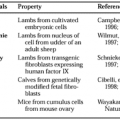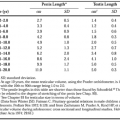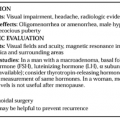THYROID HORMONE RESPONSE ELEMENTS
TRs are ligand-dependent transcription factors that bind to distinct DNA sequences, generally in the promoter region of target genes. TRs frequently positively regulate target genes by stimulating gene transcription in the presence of TH; however, they also can negatively regulate transcription of certain genes (e.g., TSH-β, a glycoprotein subunit, and thyrotropin-releasing hormone). In vitro binding and functional analyses of thyroid hormone response elements (TREs) from positively regulated target genes have demonstrated that TREs generally contain a hexamer half-site sequence of AGGT(C/A)A arranged as two or more tandem repeats.3 Similar to steroid-hormone receptors, TRs bind to TREs as dimers. However, unlike steroid-hormone receptors, which bind to two well-conserved palindromic half-sites, TRs bind to TREs that vary in their primary nucleotide sequence as well as the number, spacing, and orientation of their half-sites.3,9,18 In particular, TRs bind to TREs in which half-sites are arranged as direct repeats, inverted palindromes, and palindromes (Fig. 31-4). Of the ˜30 natural TREs that have been characterized, most are arranged as direct repeats, followed by inverted palindromes, and then palindromes. In simple TREs containing two half-sites, the optimal spacings of half-sites in these arrangements are four, six, and zero nucleotides, respectively.3,8,9,18 Several studies have shown that flanking sequences around the half-sites also can contribute to transcriptional activity.18
Stay updated, free articles. Join our Telegram channel

Full access? Get Clinical Tree






